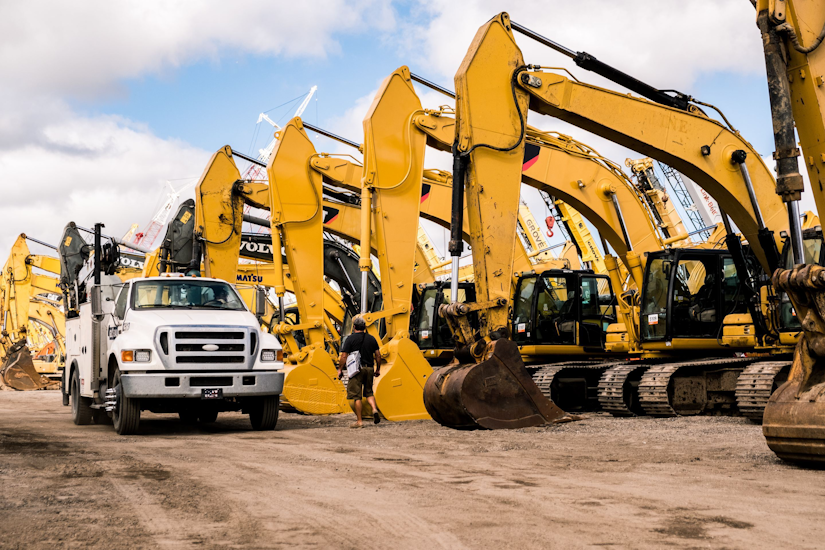Rewind to 2012, when we were getting familiar with Tier 4 emissions regulations. Many were then sounding the alarm that lower-regulated countries – a good market for used U.S. machines – wouldn’t be able to use the machines that normally came their way.
The reason was simple: these countries use higher sulfur fuel, fuel that quickly renders Tier 4 machines inoperable since this equipment requires ultra-low sulfur diesel fuel to run properly. Not a problem in the United States and Canada, where ULSD is the only kind of diesel you can buy. Much of the rest of the world, however, has much higher fuel sulfur levels than ULSD’s 15 parts per million or below.
Along the way many manufacturers have devised ways to “de-tier” these machines for sale in lower regulated countries. These de-tiering solutions add cost to the U.S. used machines, however. This cost puts the machines coming out of U.S. contractors’ fleets at a price disadvantage, particularly when compared with foreign-made used machines from manufacturers that never had to install Tier 4 emissions components for the lower-regulated markets they serve.
The ULSD picture has improved in the interim, but not by much. While in many countries the diesel sulfur levels have decreased since 2012 – including in China – several key U.S. export markets still have too-high sulfur levels in their diesel fuels, according to a March 2018 map by the United Nations Environment Programme. (This map can be accessed here.) This includes most of Central and South America (the exception: Chile).
Doug Olive, senior vice president of valuations and appraisals with Ritchie Bros. told Equipment World that “non-Tier-4 countries simply will not compete in newer equipment auctions.” (See more of his comments here.)
Right now, with U.S. contractors having to wait for equipment to make it off the assembly line, the demand for lower-hour used machines – most of them Tier 4 – is high. Domestic demand is consuming domestic supply.
But just because we’re now able to gulp down all the Tier 4 equipment that’s entering the used market doesn’t mean we always will be able to do so. And as time goes by, a greater proportion of the used equipment inventory will be Tier 4 compliant. Tier 4 Interim regulations came on board in 2012 for certain horsepower ranges in full-size equipment. That means we now have six-year-old Tier 4 machines in the used market… and the numbers will only grow.
The looming question: What happens when the next inevitable construction downturn occurs? In the past, lower-regulated foreign markets for used equipment served as a relief valve, as well as viable secondary markets. Assuming these countries will take their time in becoming ULSD compliant, that relief valve now is essentially gone.
from Equipment World https://ift.tt/2R2Hers
via Handy Rep Ai

Comments
Post a Comment